Description
In the rewrite of the national standards for music education in 2014, creativity earned a new place in the discussion (National Coalition for Core Arts Standards [NCCAS], 2014 ; NAfME.org, 2019). At the forefront of expectations for how we guide students through music learning, creativity is seen as an indispensable part of the well-rounded music classroom (Giddings, 2013; Hickey, 2001; Hogenes, Oers, Diekstra, & Sklad, 2015). However, most music learning in secondary education exists within the paradigm of a large ensemble structure. Within that structure, the majority of learning occurs following a teacher-centered model, in which the teacher directs and plans all learning activities (Abrahams, 2010; Green 2005; Kokotsaki, 2012). Compounded by the stress of concert preparation and festival participation, many music teachers resort to teaching by rote and focusing on music literacy through the lens of reading music, over other musical activities that are touted as being essential to music learning (Kratus, 2019; Guarriello, 2019).
What does this mean for creativity? It means that within the large ensemble structure, little time or emphasis is given for creating—both individually and collaboratively (Fairfield, 2010; Guarriello, 2019; Stringham & Snell, 2019). But why is it important that we create with our students and provide the tools and experiences to enjoy rich creative musical lives far beyond the classroom? While some have documented creative practices within the large ensemble structure (Abrahams, 2010; Guarriello & Gulish, 2018), we need more hands-on tools for practicing teachers looking to incorporate more creativity into their ensemble programs (Hickey, 2001; Kratus, 2019).
This book does not cover every aspect of creativity within the orchestra classroom. Instead, it sheds light on three practitioners working in secondary education, seeking to incorporate creativity into their programs. In the following pages, you will find practical strategies, advice, and examples of ways in which to incorporate creative processes and projects into your string program.
From warm-up improvisation strategies to large scale composition projects, this book provides practical, hands-on activities that can be used in person or through remote teaching. Video examples, student work, and editable google docs are included with the purchase of each book.


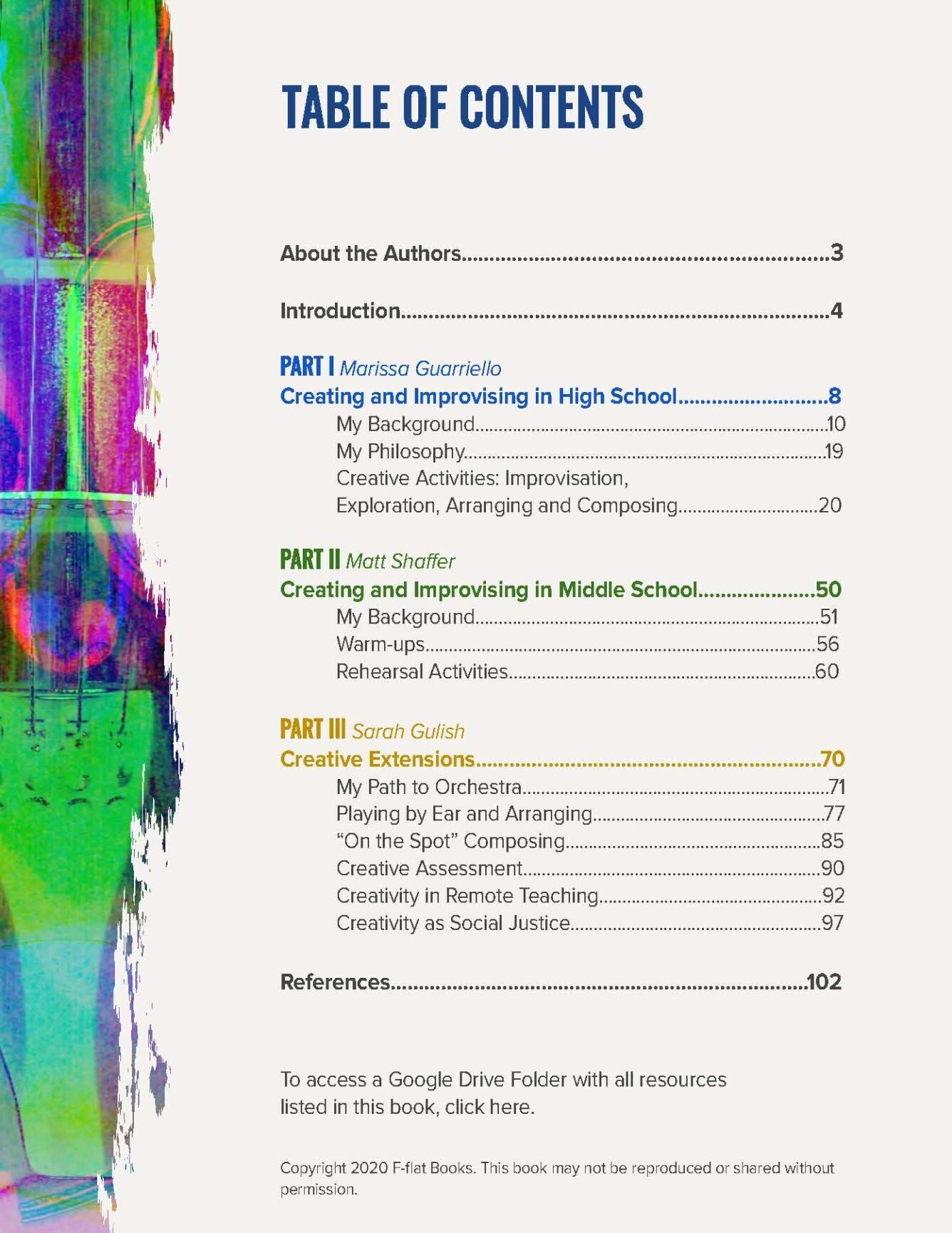
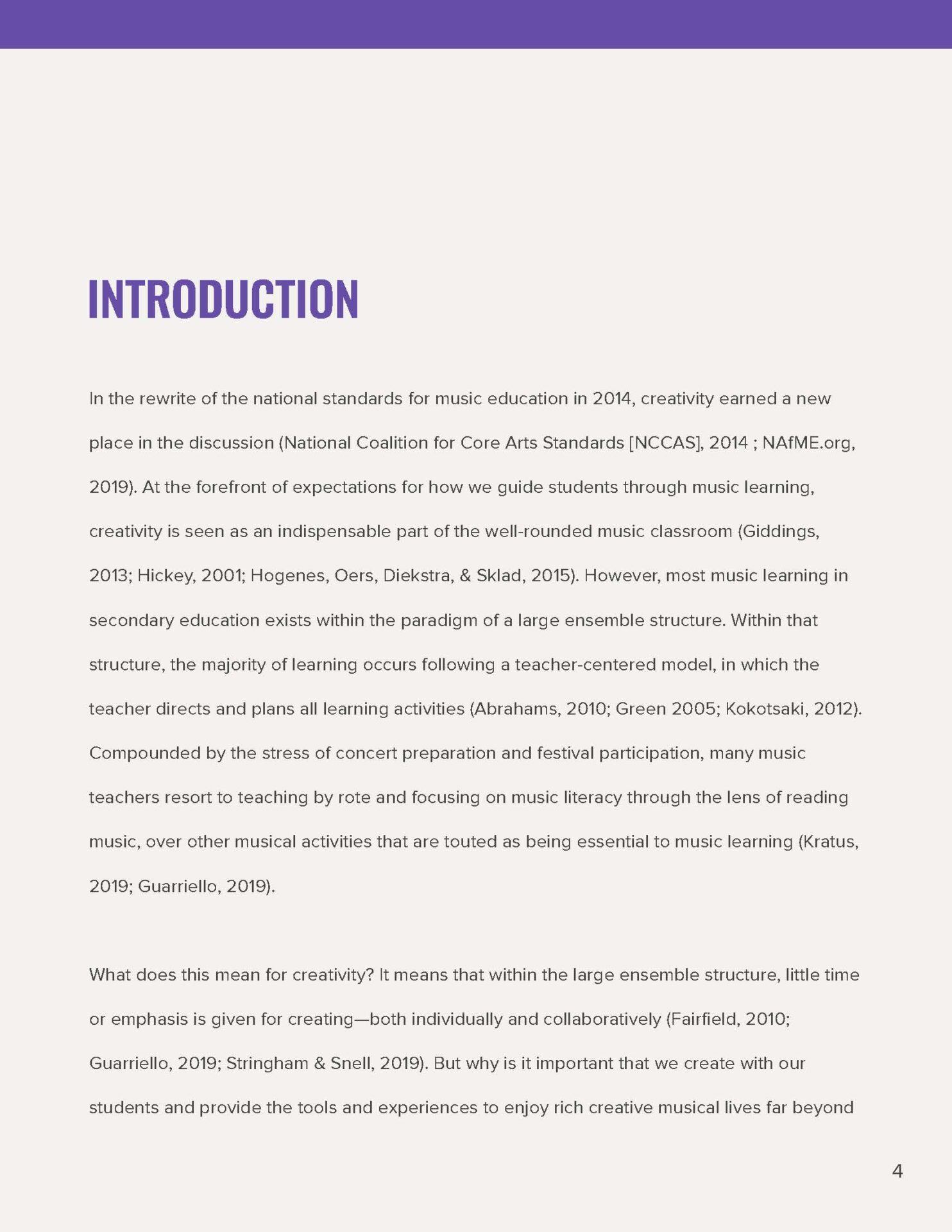
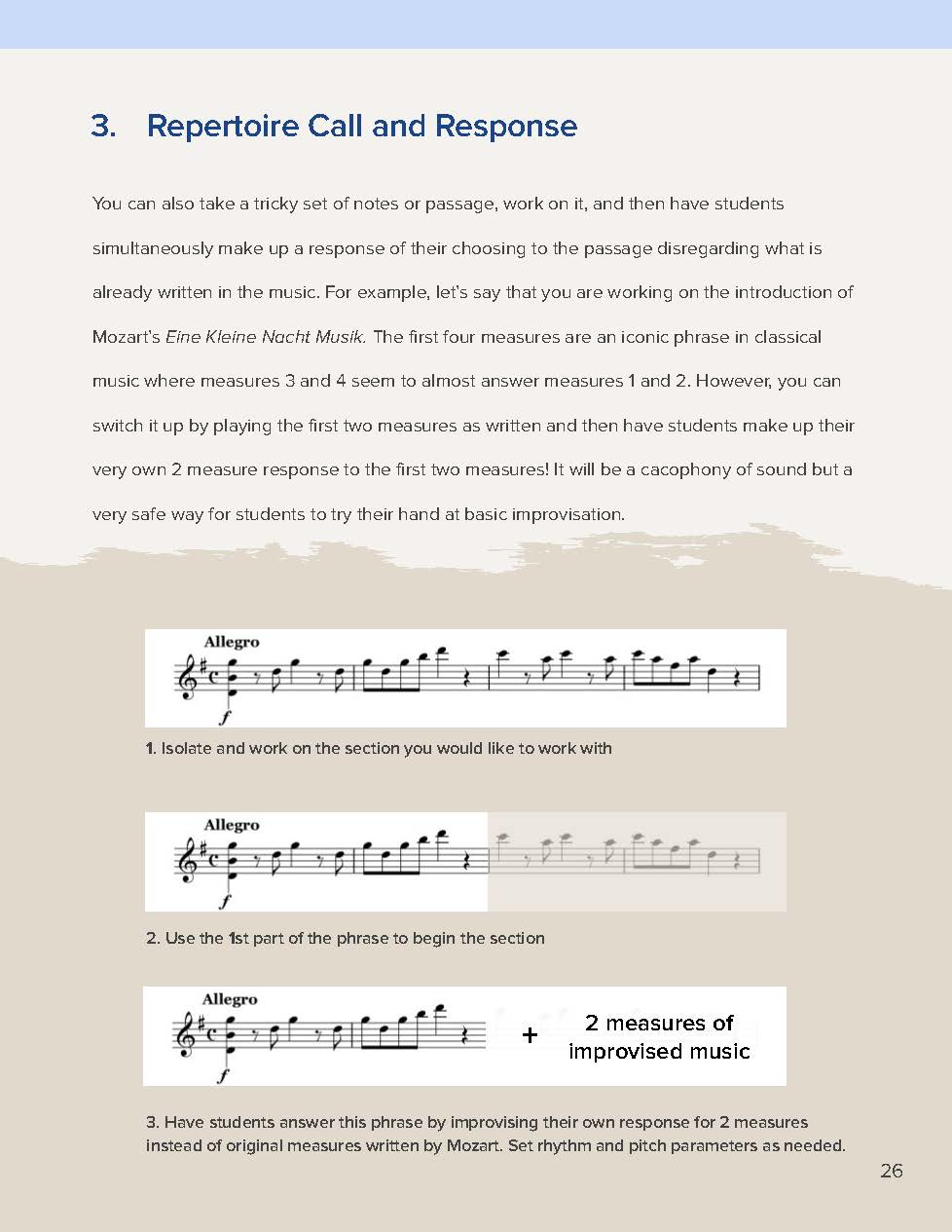


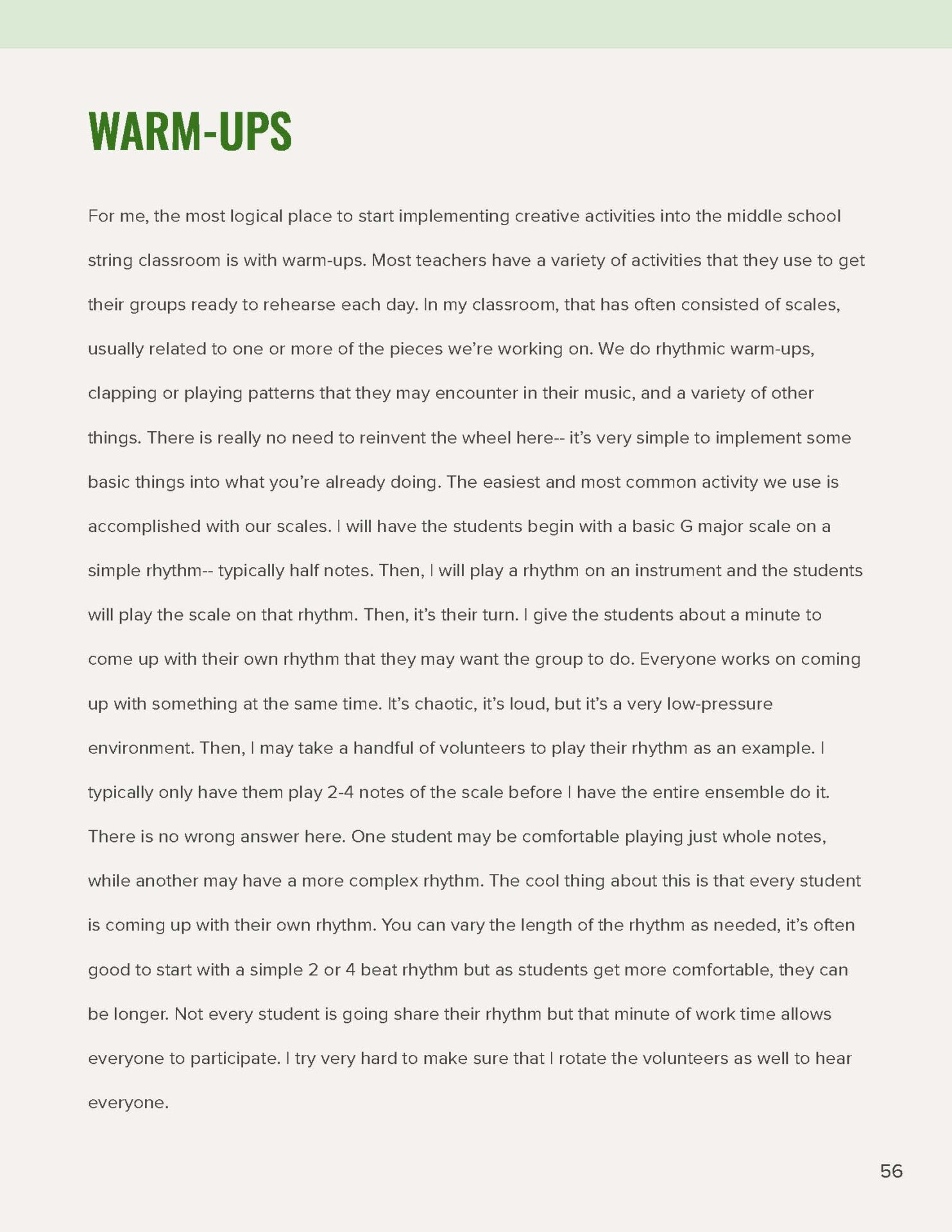
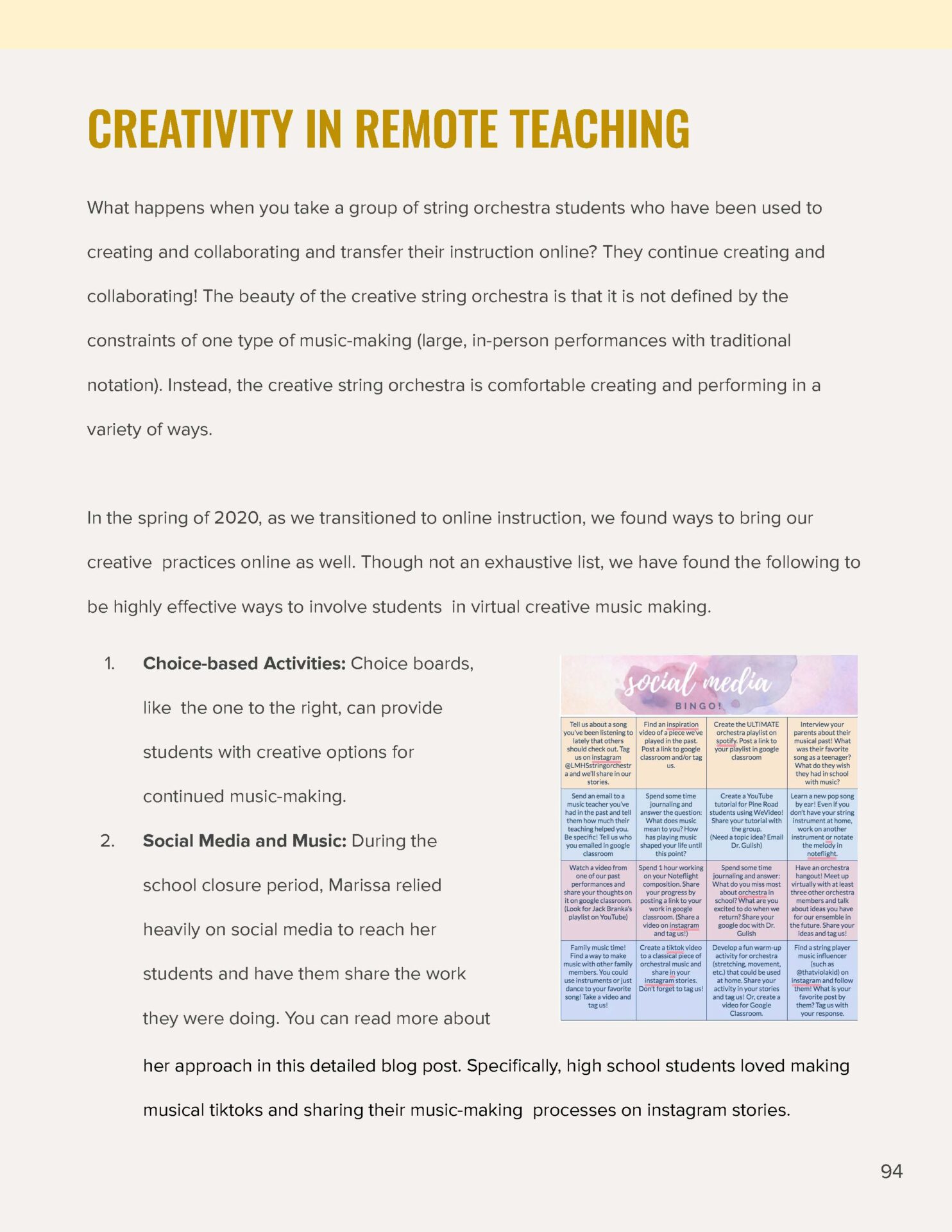


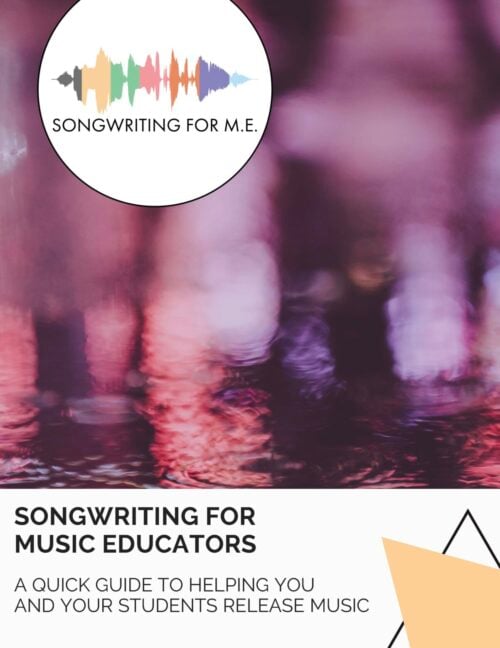
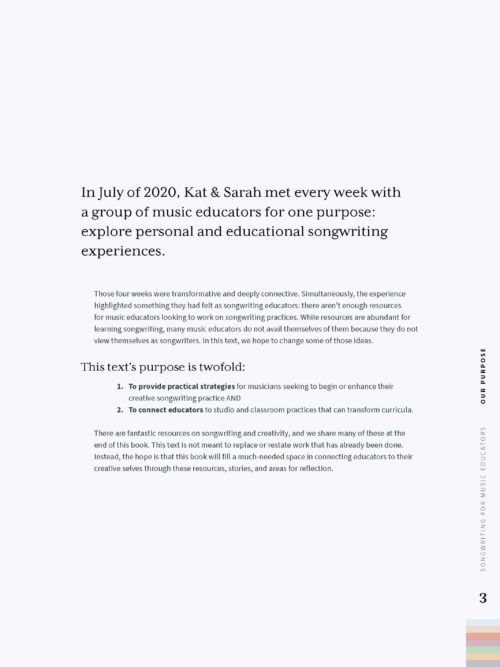
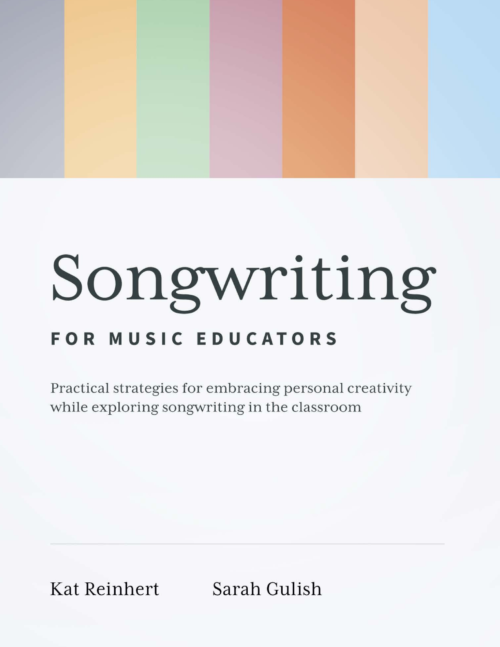
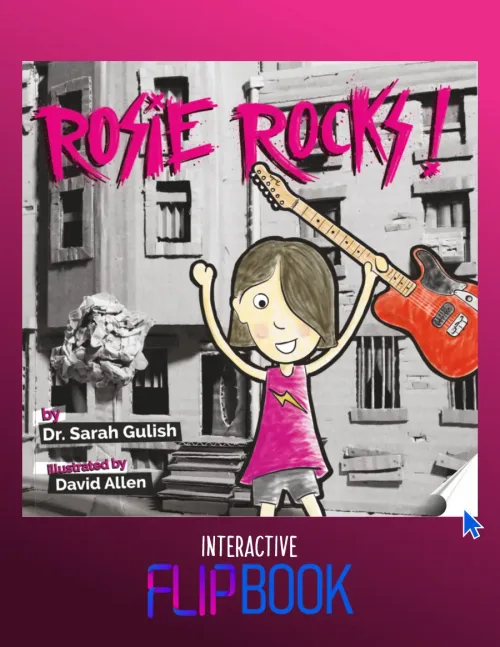
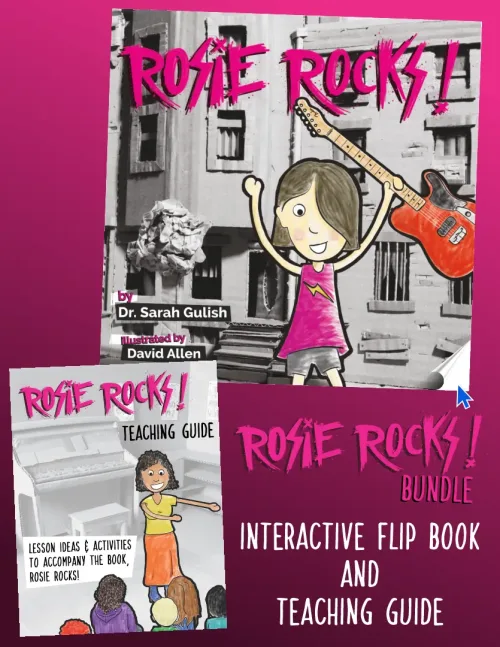

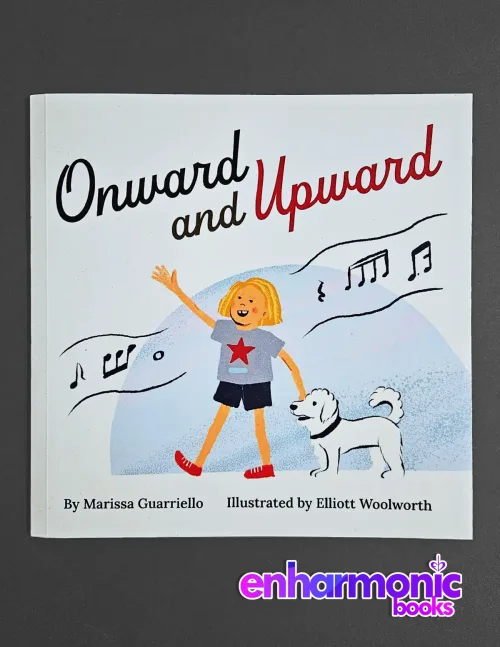
Jessica Tosti (verified owner) –
The Creative String Orchestra offers innovative, new ideas for string teachers. As a Suzuki trained violinist, improvisation and arranging were never skills that I learned. I didn’t even learn them in music school! This book fills in a lot of the gaps and provides practical, new teaching ideas; ideas for both traditional and virtual teaching. The Creative String Orchestra is a great refresh to any program.
Vicki Youlio (verified owner) –
An excellent resource for all music classrooms on implementing projects that allow for student composition and creativity. I cannot wait to try some of these ideas in my middle school band classes.
Joshua Garver (verified owner) –
This resource came to me during a time when I was really asking myself what I wanted to do in my orchestra classroom that would disrupt the traditional structures that you typically see in an orchestra classroom. I wanted to do more than just rehearse our concert music: I wanted my students to see string instruments as a vehicle for their creative expression. Creative String Orchestra offered me practical ideas that felt approachable and moldable to my classroom context. I had the opportunity to meet the authors and attend a session of theirs at the ASTA conference just this past week and their session was engaging, inspiring, and informative. I left with even more ideas and I look forward to revisiting this resource year after year for inspiration and guidance as I work to make my classroom a space where every student feels they have the opportunity to be creative.